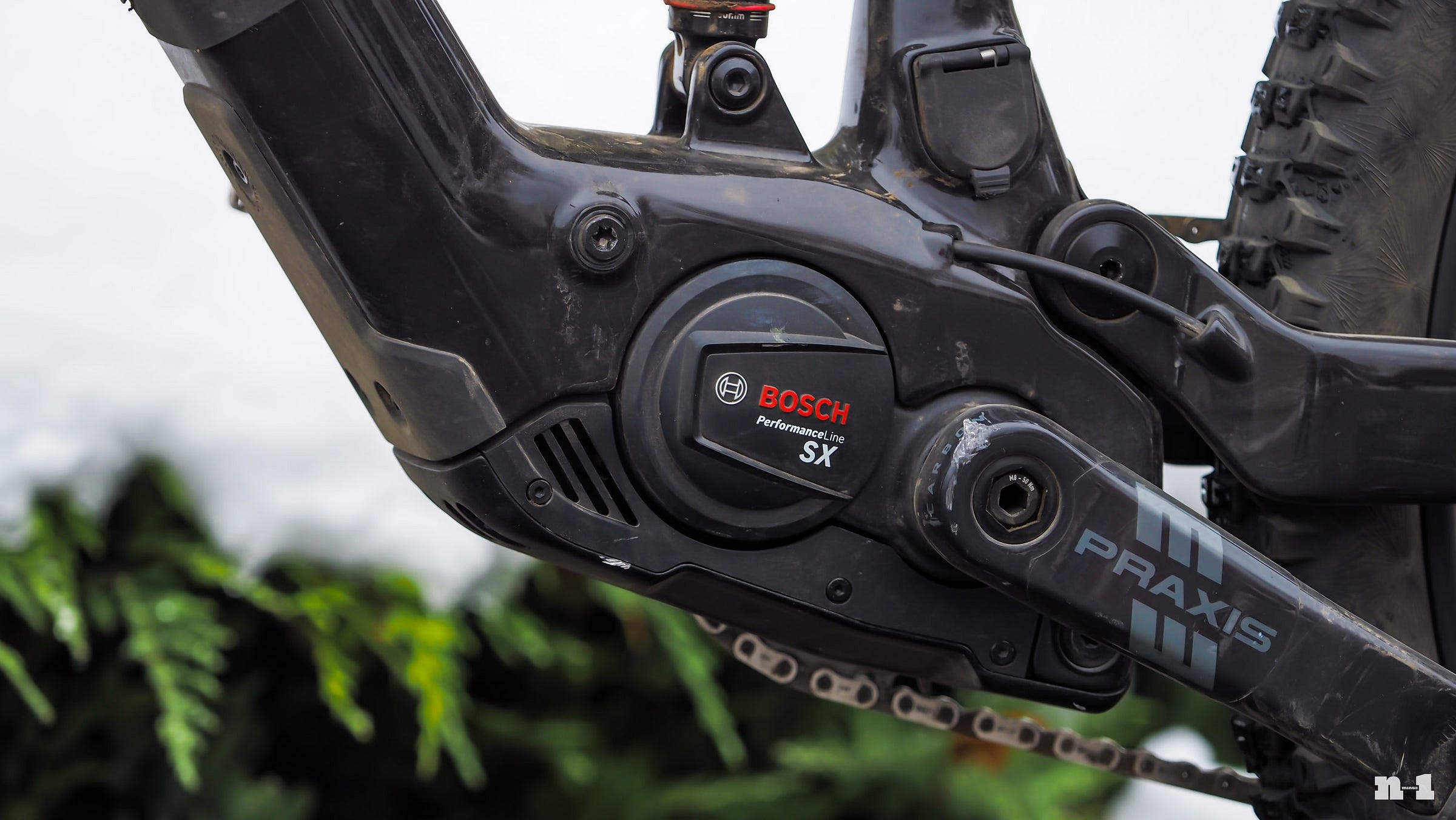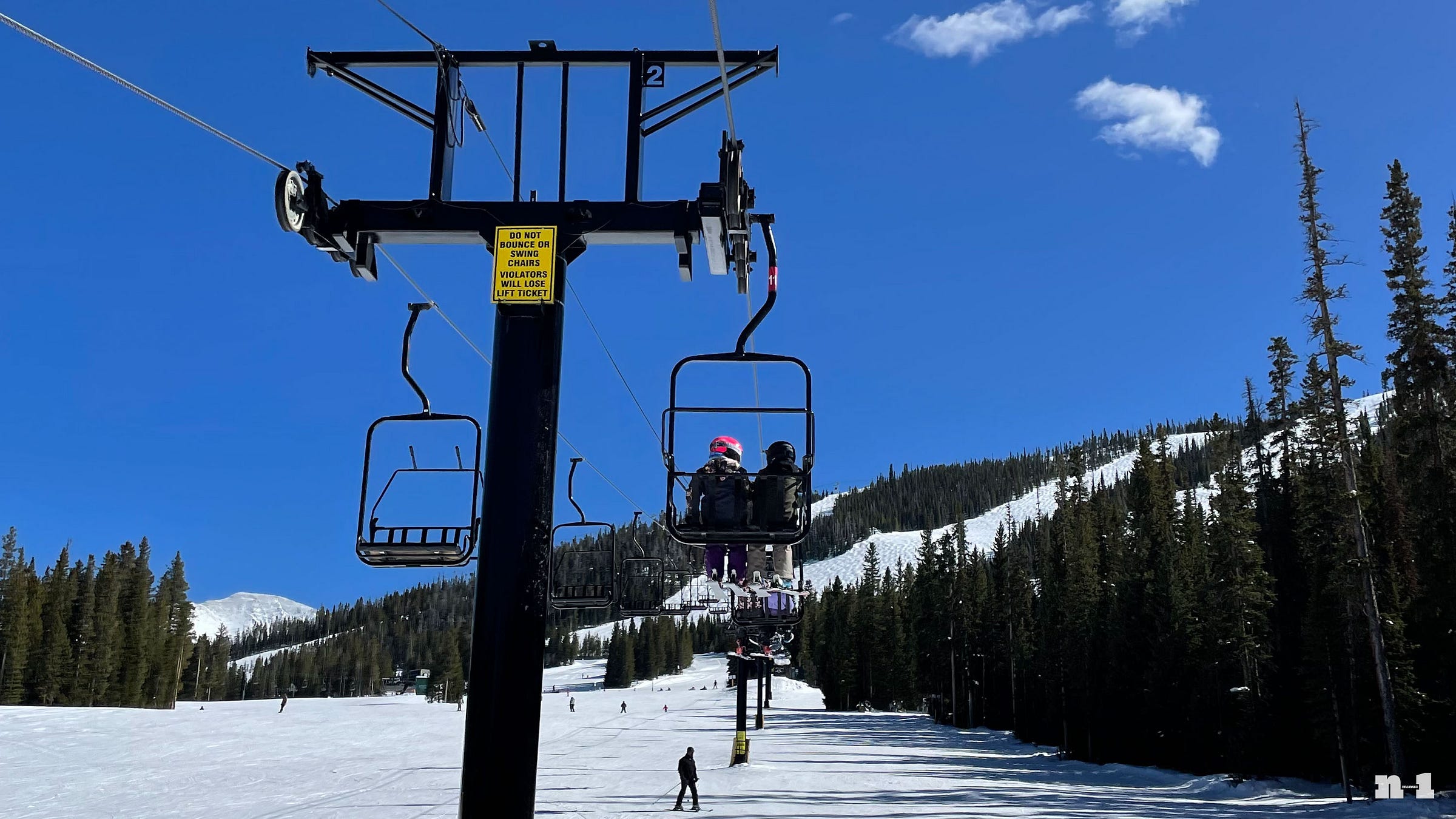The robots are winning
E-MTBs are taking over, and there’s not much you can do about it.
It seems everyone has their own view on e-mountain bikes, and they certainly run the gamut from passionately against them, fierce proponent, and passively ambivalent. Only 21% of respondents to the survey Substack automatically sends out to new n-1 subscribers said they were interested in reading about e-bikes, for example, and even mountain bike media monolith Pinkbike still has a setting that allows users to filter out e-bike content from their feed entirely for those that just don’t want to see it.
But if you stand back and take a more global look at the situation, the picture is much clearer, and not everyone will like what they see. Without question, e-mountain bikes are taking over – they already have, in fact – and regardless of what you think of them, you’d best be prepared for the sea change.
What follows is a collection of information and quotes from several key industry insiders, provided under strict anonymity so as to foster more candid conversation and to safeguard their jobs. As such, any quotes you see won’t be attributed to anyone in particular nor are any specific brands mentioned – and that’s entirely intentional. Rest assured that while the people and companies included here may be unidentifiable, they’re a representative snapshot of the climate as a whole.
With that said, consider yourself warned.

It’s all about the numbers
I had a conversation with someone from a major bike brand maybe a decade or so ago who told me that their company was already seeing equal sales figures between e-MTBs and analog mountain bikes in Europe, at least in terms of revenue. Being U.S.-based – and seeing as how adoption of e-MTBs has been rather slow here, particularly then – I found that figure more than a little shocking, but I’d always kept that nugget of information in the back of my head.
Since then, the trend has only accelerated.
“The U.S. is radically behind Europe [in e-MTB adoption rates]. E-mountain bikes were already outselling regular mountain bikes in Europe 2-to-1, 3-to-1, six or seven years ago. A lot of people made the transition and never looked back. Meanwhile, people were still laughing at them in the U.S.”
And what’s that figure like now? Sales of longer-travel trail and enduro bikes are reportedly around one-tenth of what they were just a few years ago globally, and e-MTBs now outpace non-powered models in the performance categories by as much as 10-to-1. In some major western European markets, sales of higher-end analog trail and enduro bikes are bordering on zero. The U.S. is still lagging, with e-MTBs still not quite hitting the one-to-one mark, but the trend lines are nevertheless crystal clear.
“It’s coming like a tidal wave.”
The scarlet “e”
The U.S. has always been the global trendsetter when it comes to mountain bikes. The sport not only has its origins in the United States, but the country’s greater openness to innovation has also seen it sprout many of mountain biking’s major technical developments, such as 29” wheels and suspension. But when it comes to e-MTBs, it’s taken a solid ten years for the Americans to catch up to everyone else – Europe, especially. Despite the industry charging full speed ahead on electrification, it’s only about now that sales of performance-level e-MTBs and analog mountain bikes are falling roughly equal in terms of total dollars.
Why?
Industry insiders I spoke attribute it partly to the fact that early e-MTBs just weren’t very good. U.S. cyclists may be open to innovation, but they also apparently have little patience for junk.
There’s also a stigma in the U.S. associated with e-assist in general. Riding with a motor on your bike in the United States is often viewed as cheating, as if there’s some unwritten rule saying you’re only allowed to get to the top of a climb solely under your own steam (never mind the fact that shuttling to the top in a motor vehicle or chairlift is somehow perfectly acceptable). Others see e-MTBs as akin to admitting weakness – or, as one person put it, somehow at odds with a pseudo-puritanical viewpoint of the sport in general.
Yet for a growing number of riders in the U.S., all of that skepticism goes away once they actually ride one. Have you ever seen someone’s face the first time they hop on an e-bike? Yeah, you know that grin. And probably the giggle.
“What’s the easiest way to get the biggest return for your investment? For more and more people, it’s an e-bike. You have to ride it to know it. It’s really rare that someone rides one and goes, ‘I hate this.’”
Comparatively speaking, road and gravel put more emphasis on the physical achievement: the fitness, “conquering the col”, the satisfaction of traveling somewhere far away and going fast using nothing but your legs and lungs. Especially in road, the “suffer” mentality is real.
Perhaps an even bigger issue is the restrictive regulations regarding e-assist cutoff speeds in certain regions. You’ve got to go quite a bit faster on road or gravel to get the same thrill that you get while riding a trail on a mountain bike, and since road and gravel downhills in general aren’t usually as exciting, going fast everywhere becomes a lot more important. But when your motor cuts out at 25 km/h – right when things start to get fun – that’s quite the buzzkill.
Between all that, e-road and e-gravel bikes just don’t offer the same rewards, and so it’s not entirely surprising those haven’t taken off.
But e-MTB? There may have been resistance to electrification in mountain biking in the United States for a long time, but that wall is rapidly breaking down. A not-insignificant percentage of riders couldn’t care less about the climb; it’s all about the descent. If you tell someone that they could do four laps of their favorite downhill instead of one if they get a bike with a motor, that’s pretty darn tempting.
“Suddenly a one-hour lunch ride becomes pretty cool. It makes that ride legitimately more fulfilling. It makes that weekday ride kind of amazing, and I’m not sure there’s a downside besides costing more money. When you present it that way to someone that they can get all of that for another two grand, who’s going to buy the acoustic version?”
In other words, what’s wrong with fun? For more and more people, the answer is “nothing.”
Lessons from other sports
There are a lot of parallels between what’s happening in the mountain bike space and what’s already happened with skiing.
It’s estimated that almost 150 million people participate in alpine skiing worldwide – as in, almost 150 million people annually who spend their weekends sitting in a magical flying chair that takes them to the top of a mountain so they can ski down. And if it’s a high-speed chair or gondola, even better. Anything that maximizes the downhill-to-uphill ratio is unquestionably a good thing.
Could those people instead slap some skins on the bottoms of their skis and trek up the mountain to “earn their turns”? Well yeah, of course they could. Indeed, there’s a certain purity about doing it that way, and particularly when it’s done in the backcountry, there’s a special joy in having an expanse of terrain almost all to yourself, solely because few others are willing to put in the effort.
But how many people earn their turns, you wonder? That’d be less than three million, or a whopping 2%. One in 50.

Granted, the differential between pure pedal-power and electric assist for mountain biking isn’t quite as extreme, but it’s not hard to see it eventually getting there.
The whole point of alpine skiing is the downhill. Entire resorts are intentionally designed such that visitors never see even somewhat level ground. And uphill? Forget it.
The concept of using a chairlift in skiing is so ubiquitous that most skiers don’t even give it a second thought; it’s just a given. Moreover, I’ve personally witnessed more than a few occasions where someone on a chairlift was heckling people that were doing the honorable thing by skinning their way up the mountain. It’s not just that those folks are in the minority; they’re sometimes derided.
For many mountain bikers – and just like with alpine skiing – the downhill is the goal. Climbs are endured so you can enjoy the payoff once you crest the top. It’s not usually the uphill slog you fondly remember when you get home, but the ripping descent.
It obviously wasn’t always this way, but if most people don’t think twice about that sort of arrangement in skiing, who’s to say mountain biking isn’t heading in the direction, and for the same reasons? What’s to stop that slide? And at least as far as the masses are concerned, should we even try to stop it?
What the future holds
Ok, so e-MTBs are growing like crazy and more trail riders are putting a bigger priority on just having fun. Is that a bad thing?
In a vacuum, no.
Keep reading with a 7-day free trial
Subscribe to n-1 to keep reading this post and get 7 days of free access to the full post archives.



